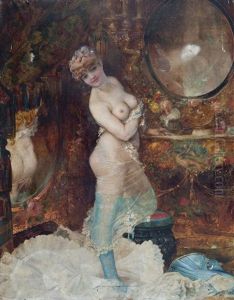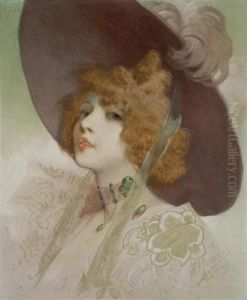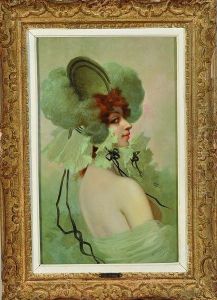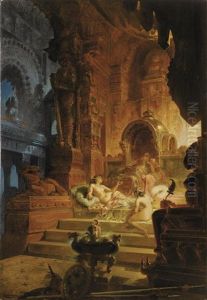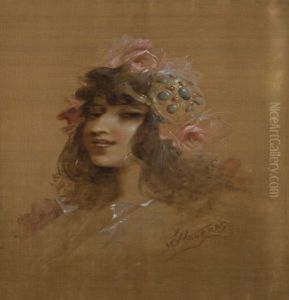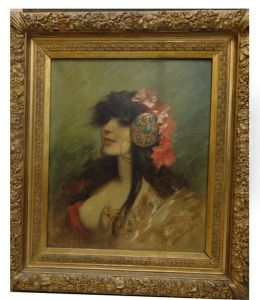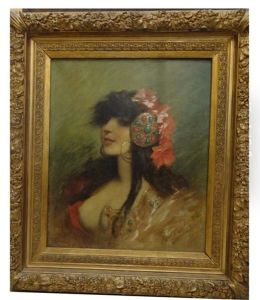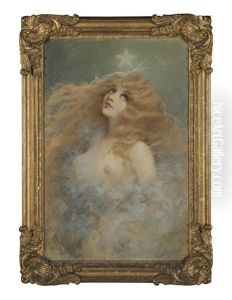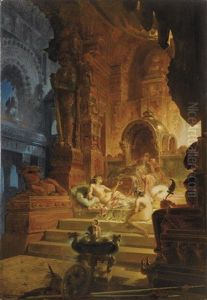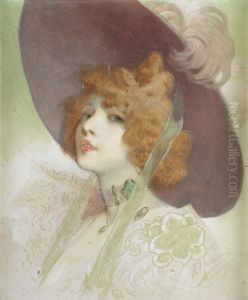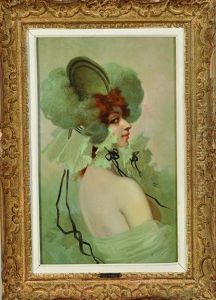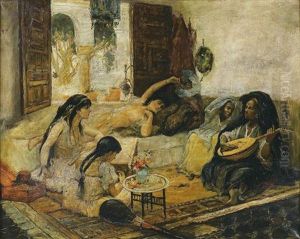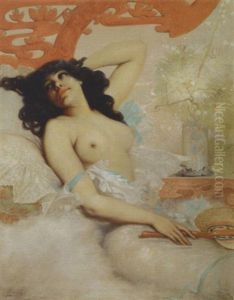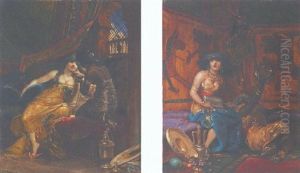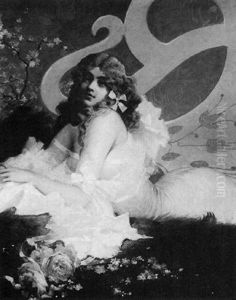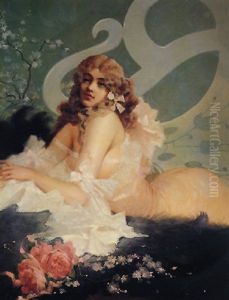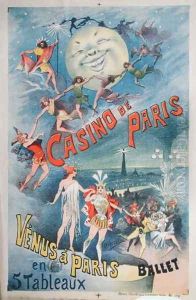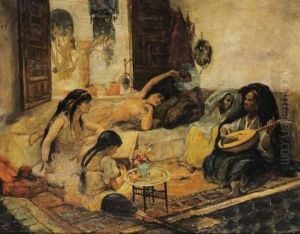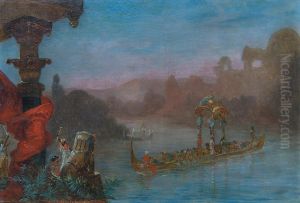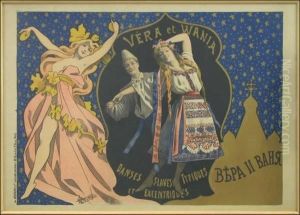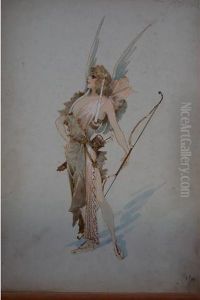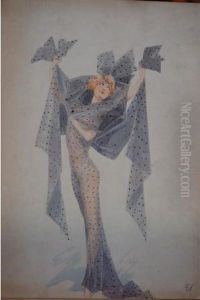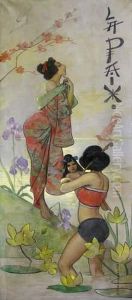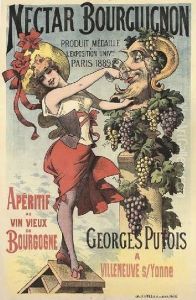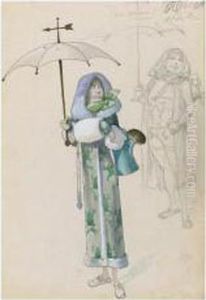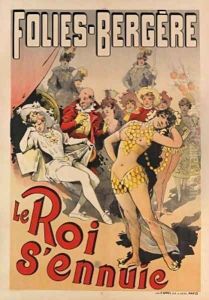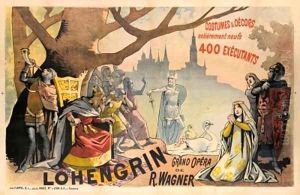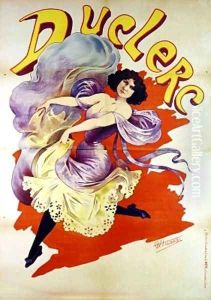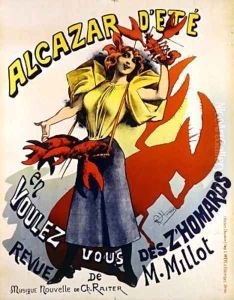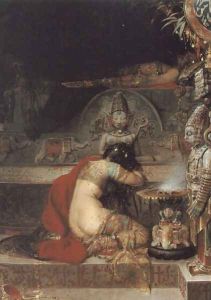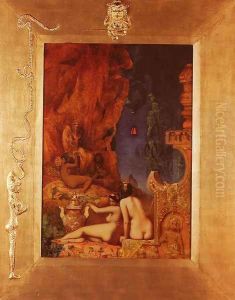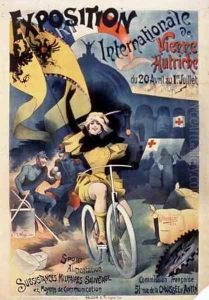Alfred Choubrac Paintings
Alfred Choubrac was a French illustrator, poster artist, and designer born on October 18, 1853, in Paris, France. Choubrac was known for his contributions to the Belle Époque period and was part of the wave of artists that revolutionized the world of advertising through the artistic poster. He grew up in a time when Paris was rapidly modernizing, and the arts scene was thriving with new styles and technological advancements.
Choubrac's career began in earnest in the 1870s when he started producing artwork for various publishers, theaters, and music halls. He was particularly known for his theatrical posters, which advertised plays, operas, and other entertainment events of the era. His work was characterized by vibrant colors, detailed illustrations, and often featured elegant figures and typographic elements that were both expressive and readable from a distance.
He and his brother Léon Choubrac, who was also an artist, worked closely together and had a significant influence on the development of the advertising poster as an art form. The Choubrac brothers were part of a movement that included other famous poster artists like Jules Chéret, who is often credited with pioneering the modern poster.
During his career, Alfred Choubrac created a number of iconic images that captured the spirit of the age. He was skilled in a variety of artistic mediums, but it was his lithographic posters that gained him the most fame. These posters often advertised the popular performers of the day and were instrumental in creating the celebrity culture around them.
Choubrac's legacy is that of a pioneer in the field of graphic design and advertising. His work contributed to the emergence of the poster as a legitimate form of artistic expression and a powerful tool for mass communication. Unfortunately, his life was cut short when he died on June 28, 1902, in Paris. Despite his relatively short career, his influence on the visual arts, particularly in the context of advertising and poster design, remains significant to this day.
